Top 10 Mysterious Deep Sea Creatures - Sukanya Classes

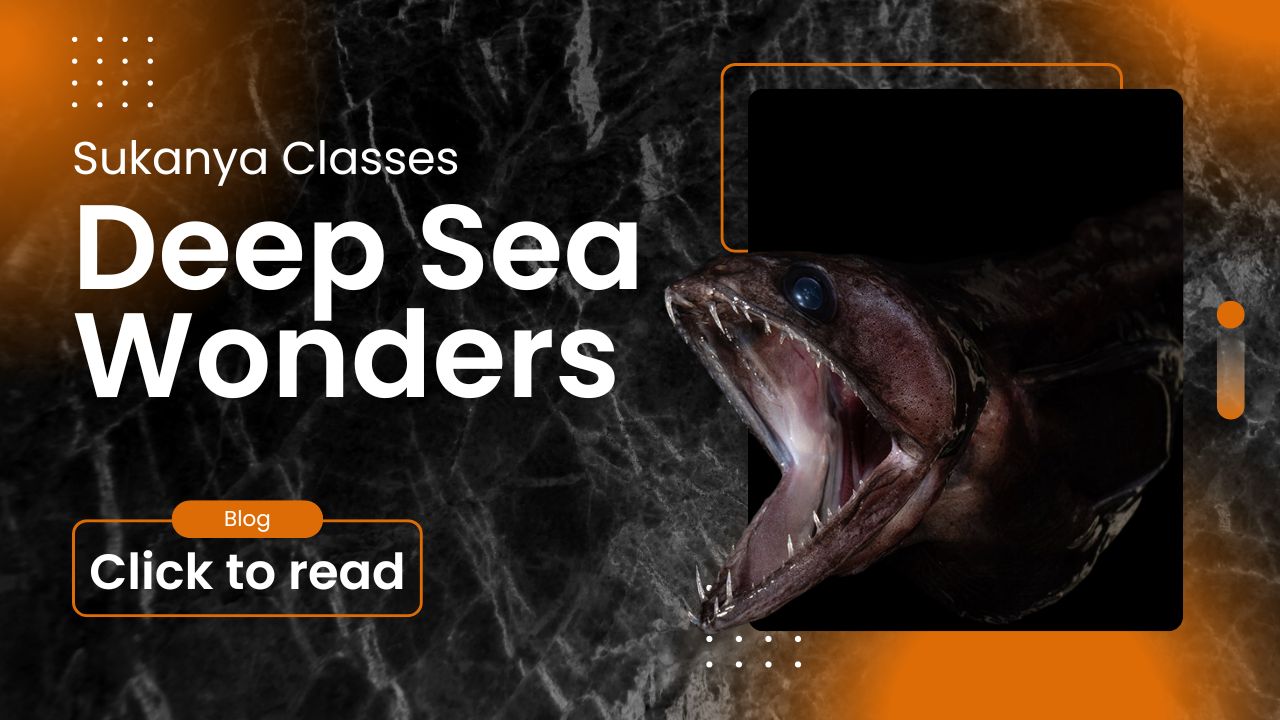
Dive into the World of Deep-Sea Wonders
Read this blog to explore the intriguing world of deep-sea animals. Prepare to be in awe of the weird and amazing creatures that live in the ocean's depths. We'll expose you to some of the most unusual creatures you've ever seen, such glowing jellyfish and strange fish with illuminating lights. Discover the mysteries behind these extraordinary organisms and their remarkable capacity for deep-water survival. You won't want to miss this journey!
1. The Squidworm
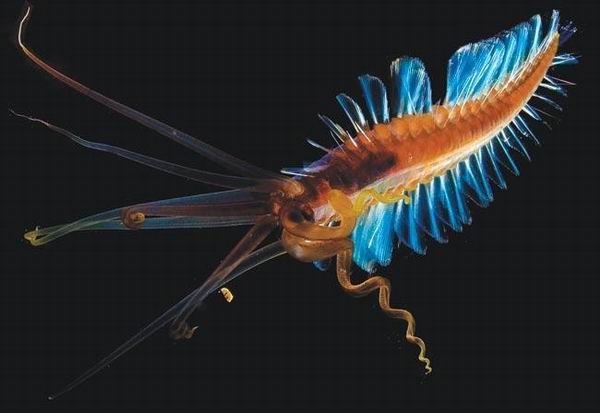
During a deep-sea voyage in 2007, researchers from the Census of Marine Zooplankton discovered the strange and fascinating species known as the squidworm. This strange fish, discovered 1.8 miles beneath the ocean's surface, has ten tentacle-like appendages on its head. These appendages serve a unique purpose: the squidworm utilises them to collect marine snow, which is organic detritus that falls from the water's surface. This feeding method allows the squidworm to thrive in the dark, nutrient-poor depths of the ocean, making it an impressive adaption of deep-sea life.
2. Nudibranch
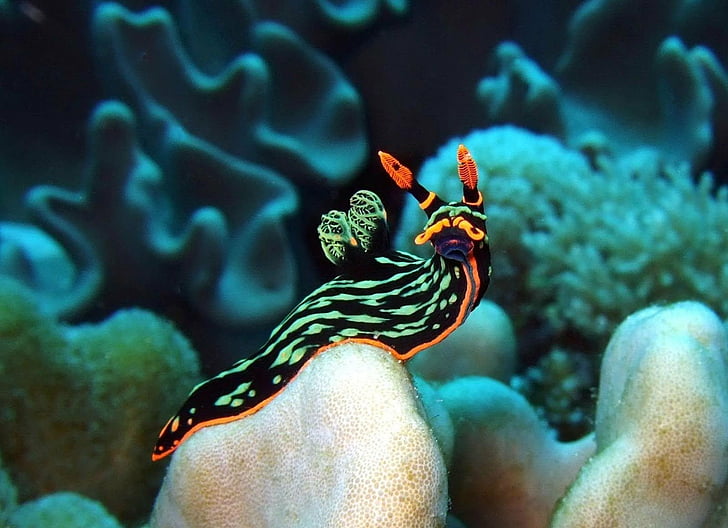
The amazing sea slug known as the nudibranch has over 3,000 different kinds that science is aware of. They are a fascinating creature. These animals are remarkably adaptable; they live in a variety of habitats, from shallow coastal waters to the ocean's depths, from the arctic regions to tropical seas. Nudibranchs can be divided into two main categories: dorid nudibranchs, which have smooth bodies and feather-like gills for breathing, and aeolid nudibranchs, which breathe through cerata on their backs. Bright colours and patterns are used by nudibranchs as warning signals and camouflage, despite their lack of a protective shell. The capacity to absorb and recycle stinging cells from prey is their most amazing adaptation, demonstrating their distinct survival tactics in the aquatic environment.
3. The Dumbo Octopus
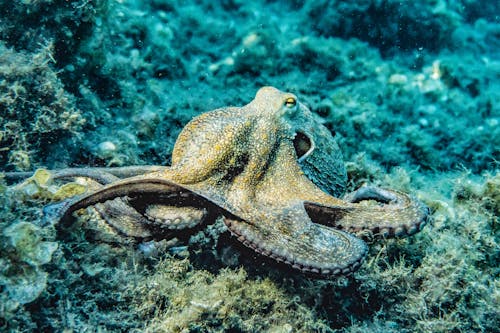
The Grimpoteuthis octopus is a remarkable deep-sea resident that can be found close to the Mid-Atlantic Ridge. It is often referred to as the Dumbo octopus because of its fins, which resemble the ears of the popular Disney character. These octopuses are especially remarkable because of their propensity to live at extremely low depths—often more than 4,000 metres below the ocean's surface. Owing to their extreme rarity in the wild, dumbo octopuses have developed special reproduction techniques to maintain their species. With the ability to hold eggs at different stages of development and store sperm for extended periods of time after mating, females display extraordinary reproductive adaptations. The Dumbo octopus's adaptability and survival in the harsh deep-sea surroundings are facilitated by these traits.
4. Black Swallower
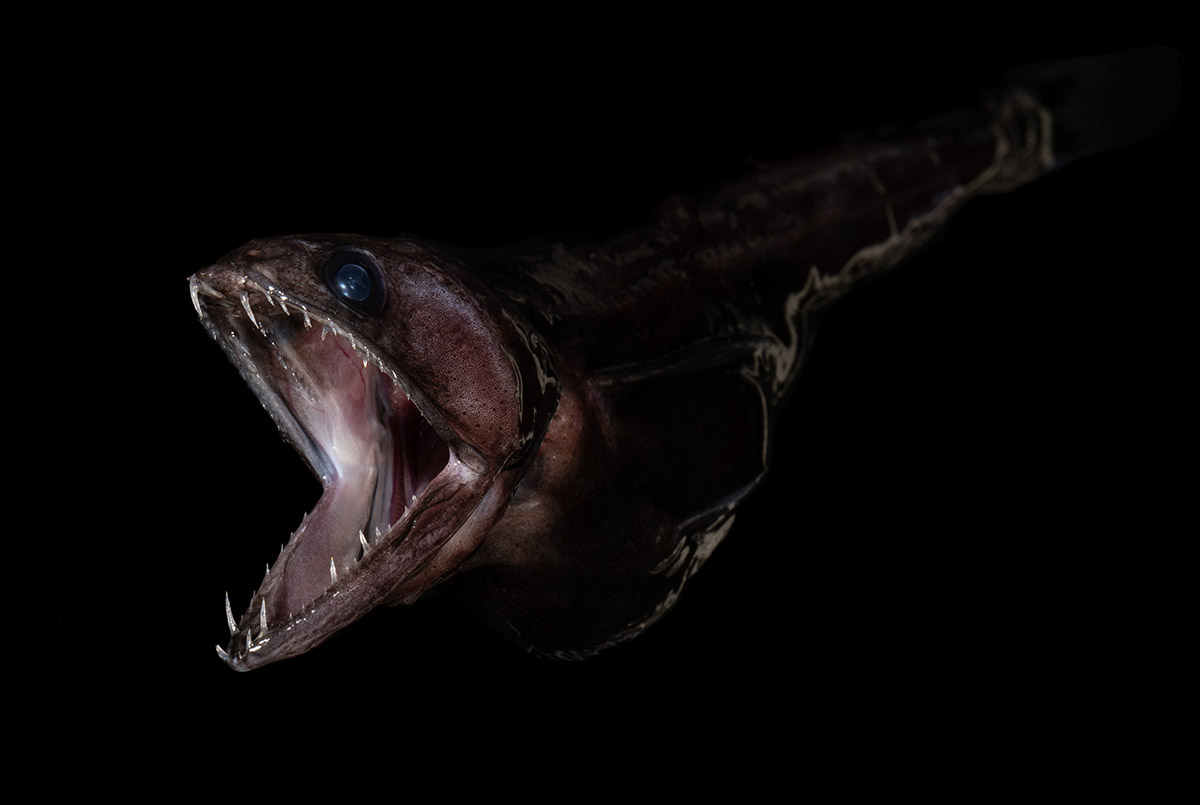
The black swallower fish is a fascinating predator of the deep sea that has the unusual capacity to eat prey that is much larger than itself. Its ability to swallow huge prey whole is made possible by its extended intestine, which runs the length of its belly. Owing to its unique adaption, the black swallower is able to survive in the deep ocean, where food can be in short supply. This deep-sea creature demonstrates how amazingly adaptable nature is to harsh settings and highlights the creativity of marine life in overcoming obstacles in the vast depths of the ocean.
5. Arctic Hydromedusa
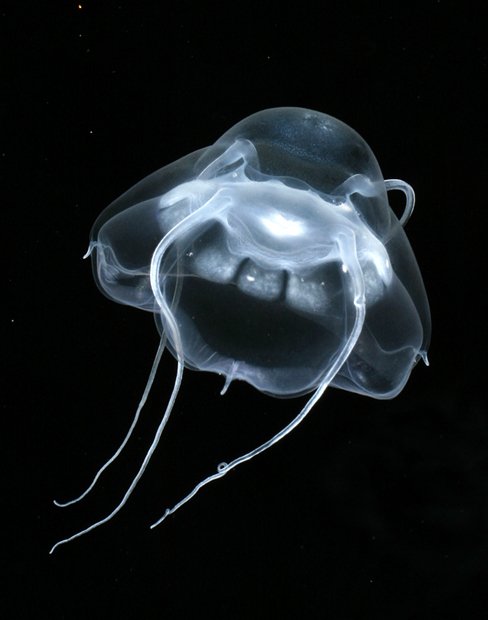
The Arctic Ocean's freezing depths, usually 3,300 feet below the surface, are a haven for the Arctic Hydromedusa, more especially the Bathykorus bouilloni species. Even though these hydromedusae are small—they can measure anywhere from a few millimetres to a few centimetres at most—they are widely distributed across the ocean's extensive ecology. Their membership in the largest group of cnidarians is evidence of their widespread occurrence in marine habitats. Their distinct method of reproduction sets them apart from other types of jellyfish: Under their delicate bell-shaped structures, hydromedusae generate both sperm and eggs externally, demonstrating the varied and amazing adaptations of deep-sea creatures.
6. Yeti Crab
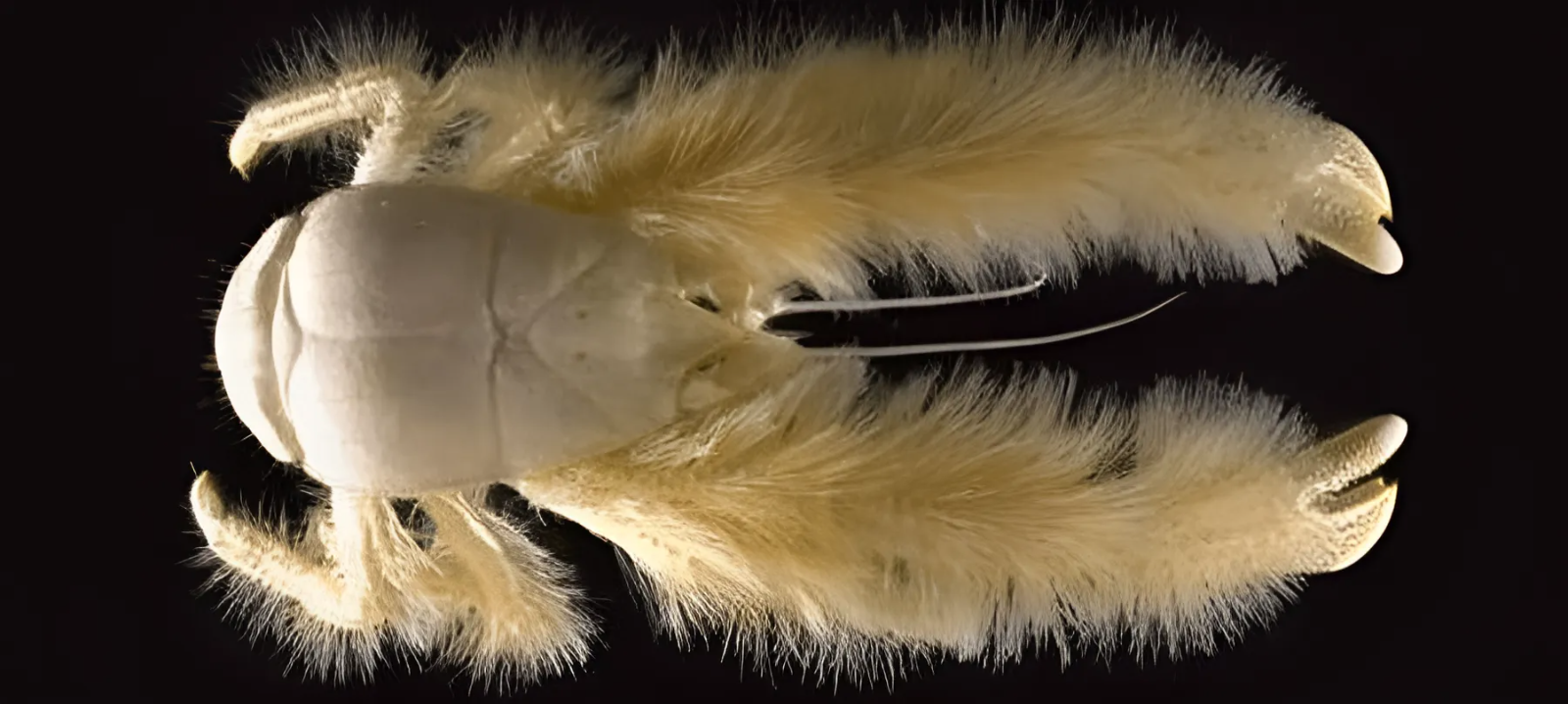
The furry claws of the Yeti Crab, scientifically known as Kiwa hirsuta, give it a remarkable appearance. This led scientists to create the new genus and family Kiwidae, named after the goddess of shellfish from Polynesia. Found almost five thousand feet below the surface close to a hydrothermal vent at Easter Island, this mysterious animal is thought to be blind and may use bacteria living in its hairy claws to filter its food. This amazing adaptation provides important insights into the diversity and durability of deep-sea ecosystems by highlighting the complex symbiosis and survival strategies that marine life develops in harsh settings.
7. Ribbon Eel
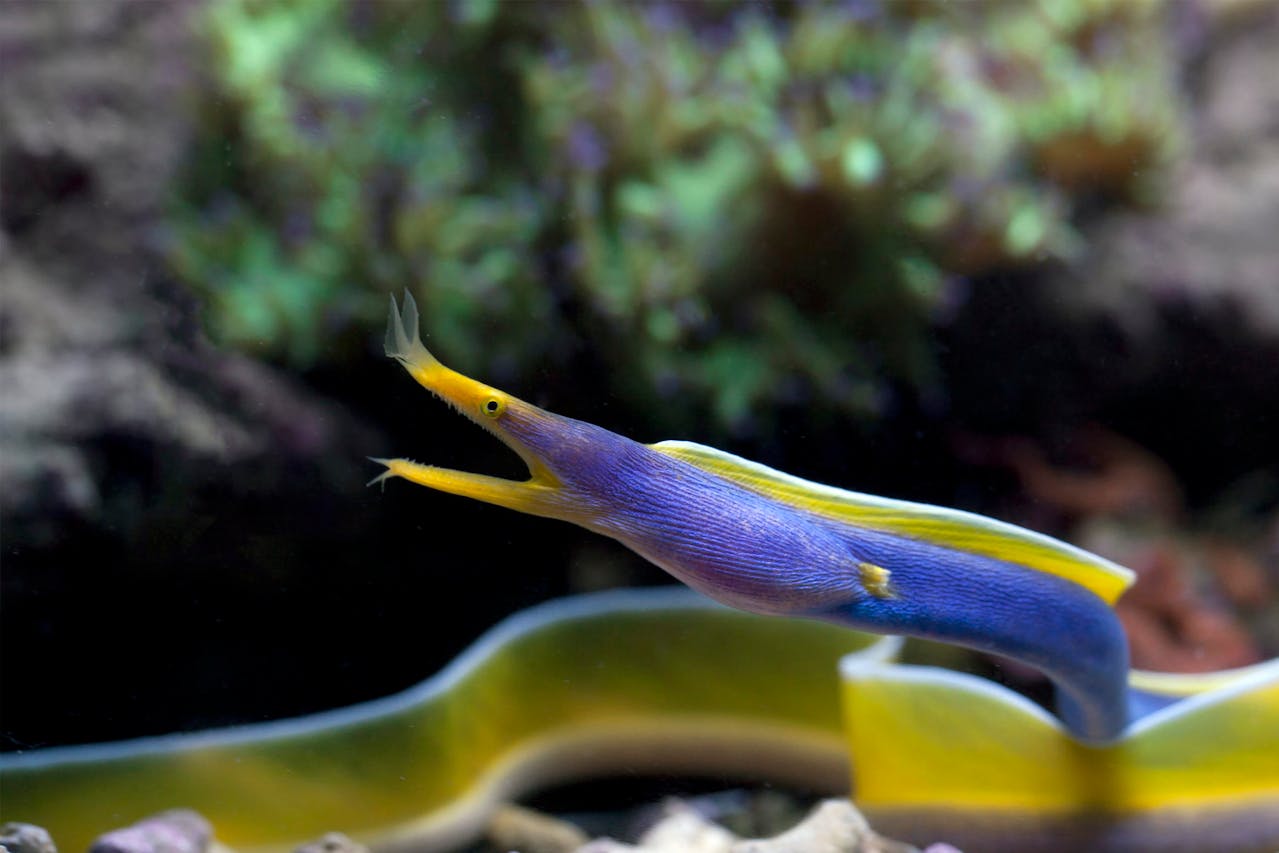
The fascinating Ribbon Eel, also called the leaf-nosed moray eel, is frequently spotted snuggling into tunnels among coral reefs. Its habitat extends throughout Indonesian waters, from French Polynesia, Australia, and southern Japan to East Africa. When they are young, they are primarily black with a thin yellow stripe on their fins. However, as they become older, they change dramatically, becoming bright blue and yellow in colour. As "protandric hermaphrodites," these eels have an interesting reproductive strategy in which they change from male to female several times in their lifetime. The Ribbon Eel is a fascinating animal in the undersea world because of its unusual mix of eye-catching appearance and fascinating biochemistry.
8. Christmas Tree Worm
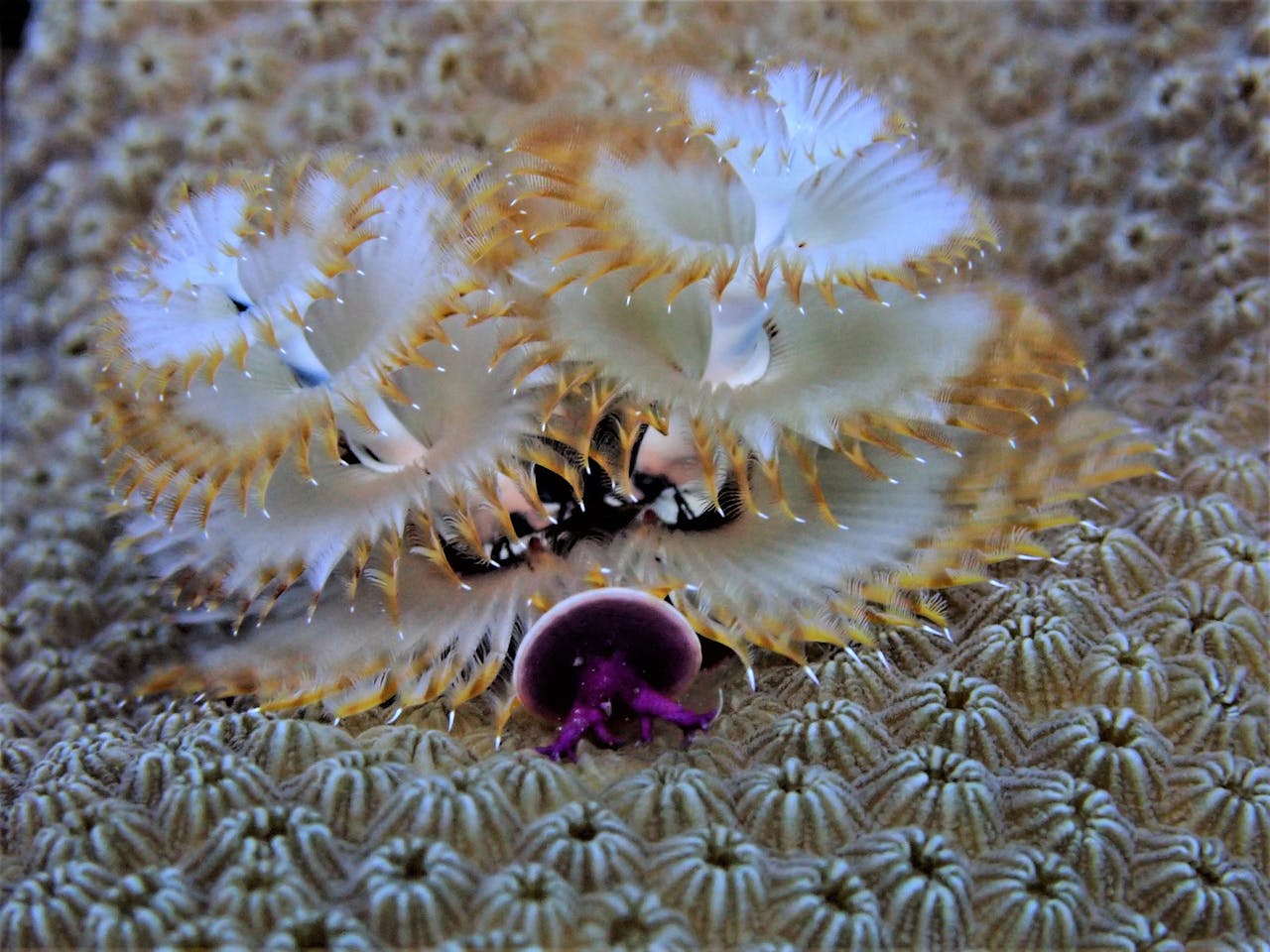
The Christmas Tree Worm got its name from looking a lot like a Christmas tree. It was found near Lizard Island in the Great Barrier Reef. The worm lives inside a protective tube and uses its spiral "branches" as respiratory and eating organs. These tree-like structures are equipped with tiny radioles that resemble tiny hairs, which let them breathe and catch prey. But the Christmas Tree Worm may retract these appendages when it senses danger. The Christmas Tree Worm adds bright details to coral reef ecosystems and is a mesmerising marvel of the aquatic world because to its unique blend of complex structures and defence mechanisms.
9. Marrus Orthocanna
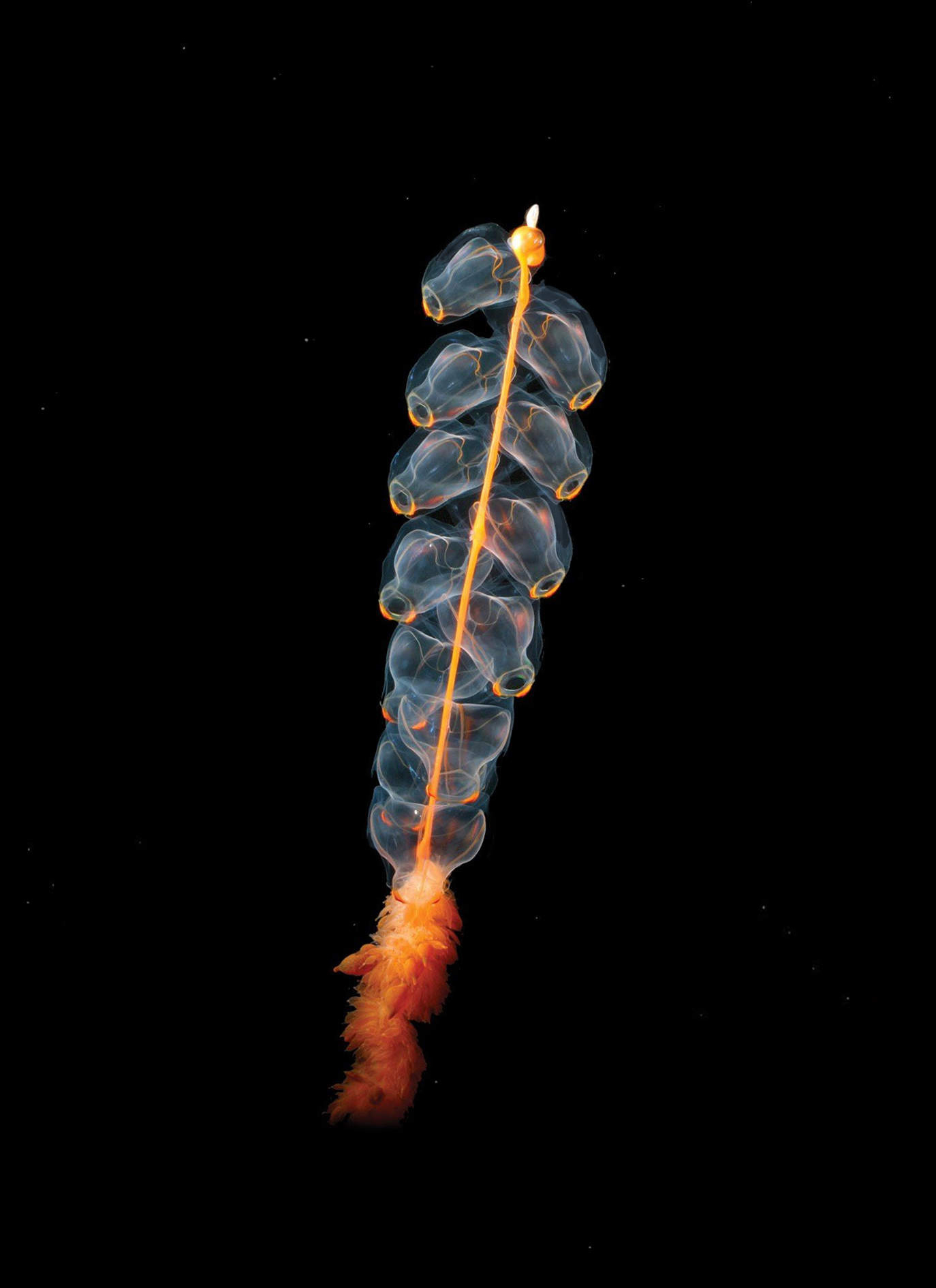
Marrus orthocanna is a multistage rocket-like creature with repetitive units like tentacles and stomachs. These tiny marvels are related to the Portuguese man o' war and are members of the physonect siphonophores family. Comparable to ant colonies, which have a cooperative structure, Marrus orthocanna colonies are made up of several individuals who together display characteristics similar to a single organism. This remarkable fusion of individual expertise and group cohesion highlights the diversity and complexity present in the ocean's depths while showcasing the complicated and fascinating nature of marine life.
10. Whitemargin Stargazer
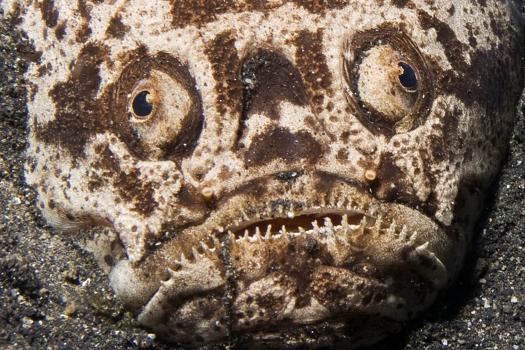
Possibly the ugliest animal in the water, the whitemargin stargazer is a dangerous predator with electrical organs and double-grooved poison spines. These spines, which are located above its pectoral fins, sting unwary victims with poison, and its particular electrical pouch may shock an object with up to 50 volts. This species, aptly named for its tendency to bury itself in sand, exposing just its eyes, embodies stealth and deadly effectiveness. The whitemargin stargazer, despite its humble appearance, is a wonderful example of nature's adaptations, showcasing the various and frequently unexpected tactics that marine life uses to survive and hunt in the ocean's depths.
In conclusion, the amazing diversity and variety of deep-sea life demonstrates the remarkable adaptation and tenacity of marine life. From the nudibranch's captivating colours to the whitemargin stargazer's cunning tactics, every species has developed special survival methods for the ocean's depths.
Investigating these animals not only helps to solve the riddles of the deep but also emphasises how crucial conservation efforts are. It's critical to comprehend and safeguard these remarkable species and their habitats as human activities continue to have an impact on marine ecosystems.
Furthermore, researching these organisms advances our knowledge of biology, ecology, and evolution—all of which are important aspects of life on Earth. Once believed to be a lifeless and arid place, the deep sea is teeming with diversity and wonder, serving as a constant reminder of the infinite complexity and beauty of our planet.
Let's embrace our responsibility as stewards of the seas and work towards a future where these amazing species can flourish for future generations as we continue to unearth the mysteries of the deep.













0 comments